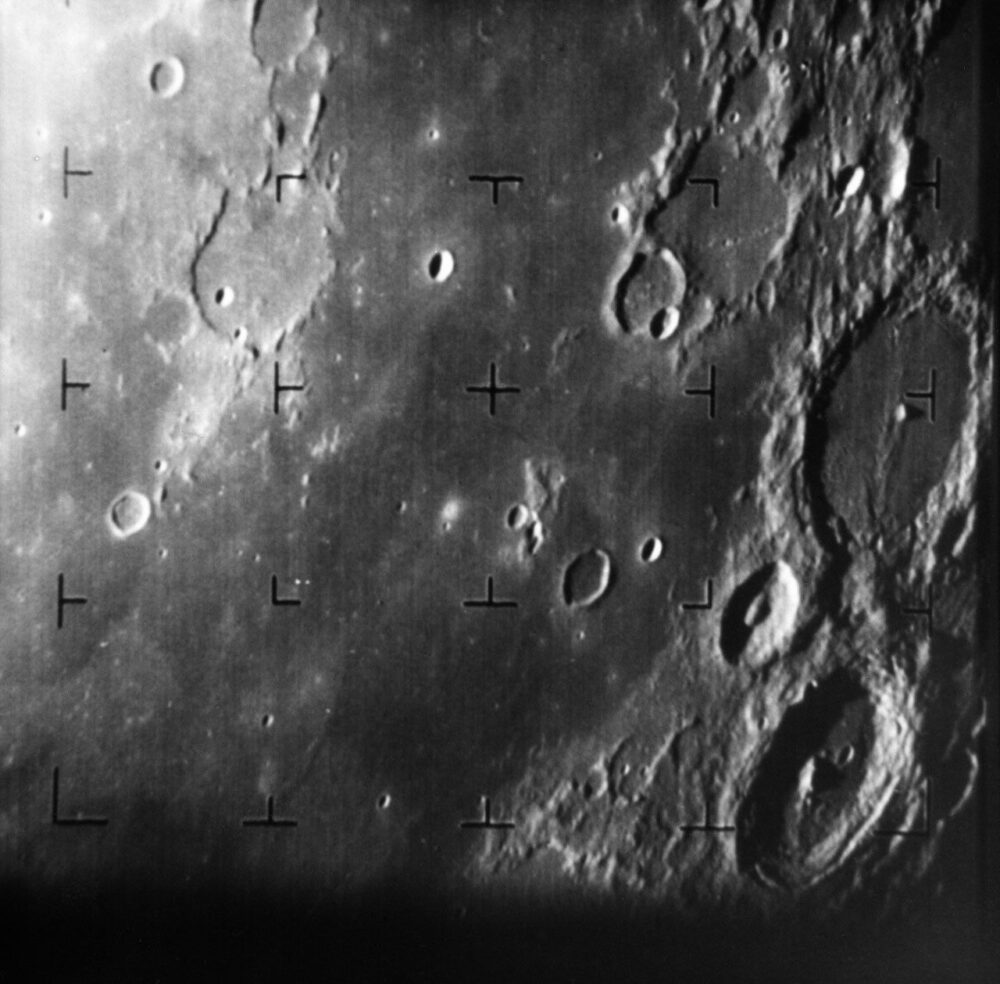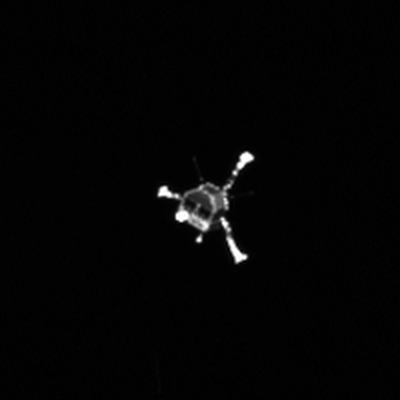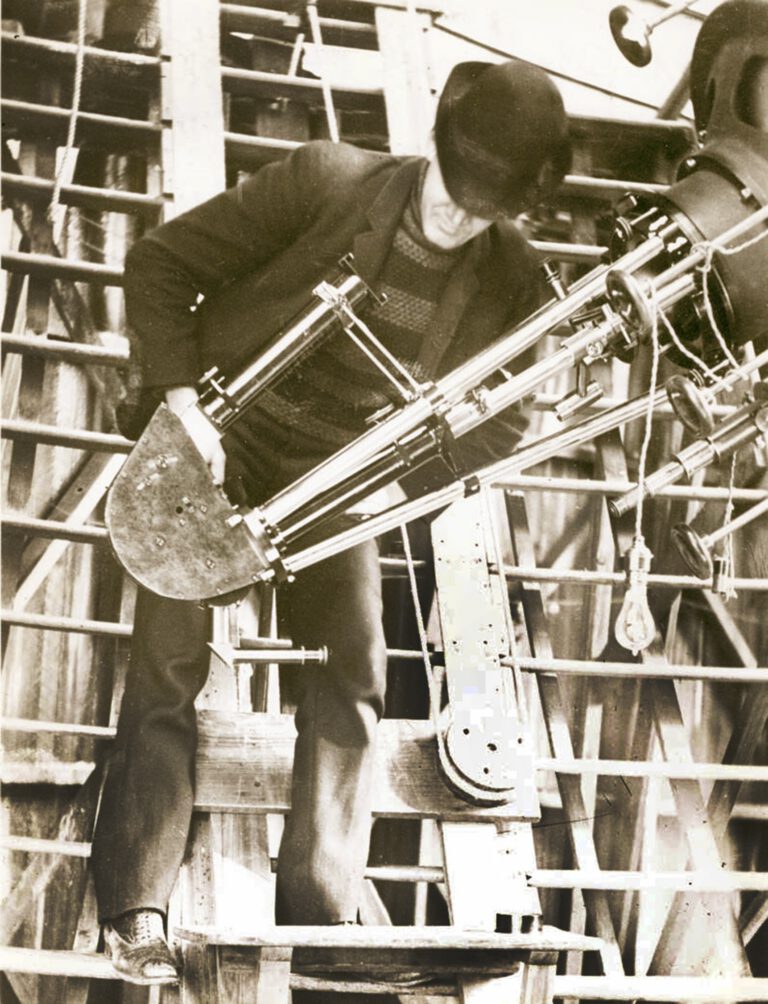
Key Takeaways:
- The Ranger program, initiated during the Space Race, aimed to achieve lunar landings and provide site surveys for future crewed missions.
- Early Ranger missions (1-6) experienced failures or significant malfunctions, hindering their primary objectives.
- Ranger 7 successfully transmitted 4,308 images during its final descent, impacting the lunar Sea of Clouds on July 31, 1964.
- Ranger 7's success was pivotal in boosting confidence for subsequent Apollo missions and the advancement of robotic lunar exploration.
With the Space Race heating up, the Ranger program was developed as an answer to Sputnik: The U.S. would land spacecraft on the Moon. When President John F. Kennedy vowed in 1961 to put a man on the lunar surface, the project evolved. Instead of being purely scientific or exploratory, Ranger spacecraft would also be scouting good locations for future astronauts to land. While Rangers 1 and 2 failed to achieve orbit, and Rangers 3 through 6 showed improvements but struggled with malfunctions, Ranger 7 was a success. Launching July 28, 1964, from Cape Canaveral, its journey was smooth sailing. On July 31, it approached the Moon and transmitted 4,308 images in the 15 minutes before it impacted the lunar surface in the Sea of Clouds. Ranger 7’s success bolstered American hopes of future space exploration, laying the groundwork for both the Apollo missions and future robotic spacecraft.









